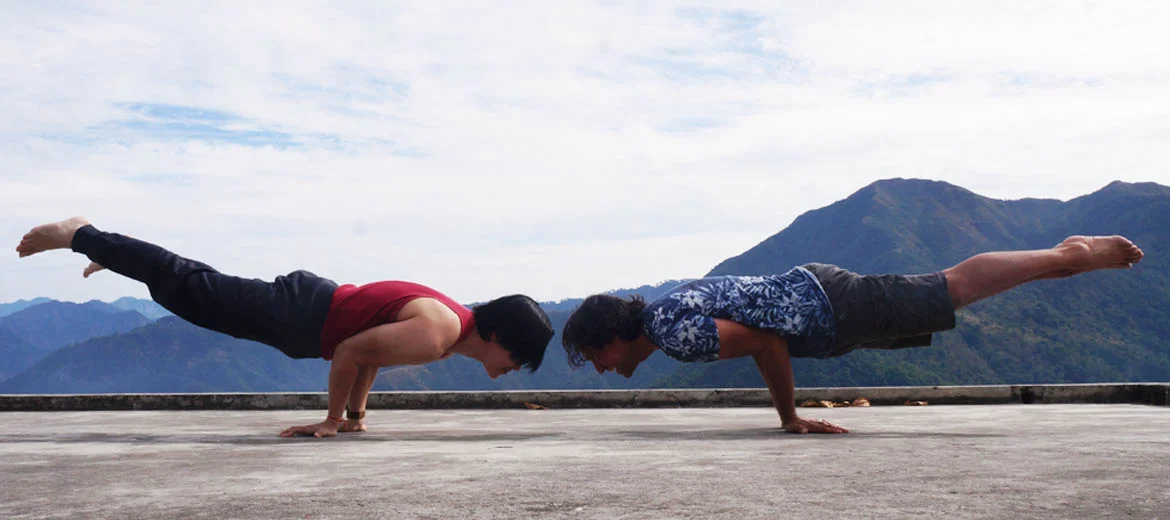Yoga has a 5,000-year history in ancient Indian philosophy, it is a set of practices prescribed for better physical and mental wellness. The fundamental purpose of yoga is to foster harmony among the body, mind, and environment, and for generations, this philosophy was passed on from the master teacher to the student, the wisdom has been preserved through seminal texts and oral tradition.
The Yoga Sutra is the earliest written record of yoga and one of the oldest texts in existence and provides the framework for all modern yoga. A 2,000-year-old treatise on yogic philosophy by the Indian sage Patanjali, the Yoga Sutra is a guidebook on how to master the mind, control the emotions, and grow spiritually. Over the next five millennia, yogis passed the discipline down to their students, and many different schools of yoga developed as the practice expanded its global reach and popularity.
Various styles of yoga combine physical postures, breathing techniques, and meditation or relaxation. In recent years, it has become popular as a form of physical exercise based upon poses that promote improved control of the mind and body and enhance well-being. Practitioners and followers of yogic tradition focused on practices such as expanding spiritual energy using breathing methods and mental focus. An explosion of interest in postural yoga occurred in the 1920s and 1930s, first in India and later in the West. To convey its spiritual message and guide sessions, yoga often uses the imagery of a tree with roots, a trunk, branches, blossoms, and fruits. Each “branch” of yoga represents a different focus and set of characteristics. The six branches are:
Hatha yoga: This is the physical and mental branch designed to prime the body and mind.Raja yoga: This branch involves meditation and strict adherence to a series of disciplinary steps known as the “eight limbs” of yoga.
Karma yoga: This is a path of service that aims to create a future free from negativity and selfishness.
Bhakti yoga: This aims to establish the path of devotion, a positive way to channel emotions and cultivate acceptance and tolerance.
Jnana yoga: This branch of yoga is about wisdom, the path of the scholar, and developing the intellect through study.
Tantra yoga: This is the pathway of ritual, ceremony, or consummation of a relationship.
Approaching yoga with a specific goal in mind can help you decide which branch to follow. In the West, several schools of yoga are popular and use some or all limbs of Asthangayoga described by Patanjali. The eight limbs are as follows:
Yama: rules for successful living in society
Niyama: techniques for managing and purifying self
Asaana: posture techniques for physical and mental balance (what most people think of as yoga)
Pranayama: breathing techniques for physical and mental balance
Pratihara: techniques for detaching the mind from the senses for mental balance and calm
Dharana: concentration techniques for mental balance and calm
Dhyana: meditation techniques for mental balance and calm
Samadhi: ultimate advanced meditation techniques and psychic procedures attained after regular practice for universal consciousness
The process involves the arousal of the Kundalini Shakti or serpent power, believed to be located at the base of the human spine. As one practices the various techniques, this power/latent energy rises through a series of centers or Chakras corresponding to various endocrine glands. When this power reaches the highest center, which is associated with the hypothalamus gland regulating the hormonal secretion of the endocrine system, control over the hypothalamus results. This mechanism may explain the importance of yoga as a stress management technique. Thus when all the seven limbs of Yoga are brought in, the eighth limb, Samadhi or Supreme Harmony results as a natural sequence. The practice of Yoga Asanas thus leads to this Supreme Harmony.
Practice of Yoga creates harmony in the physical, vital, mental, psychological and spiritual aspects of the human personality. Different limbs constitute the human body. Similarly, there are a number of limbs in Yoga. If a person moves one step forward, all the limbs of the body also move simultaneously. Even so, if one practices even one limb of Yoga to a high degree of perfection, all the other limbs of Yoga are bound to accompany without great effort on the part of the practitioner.
